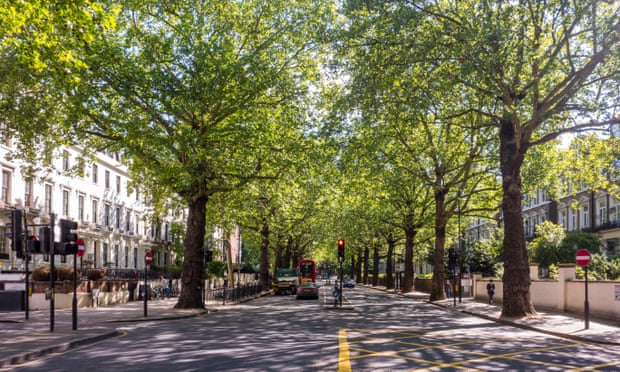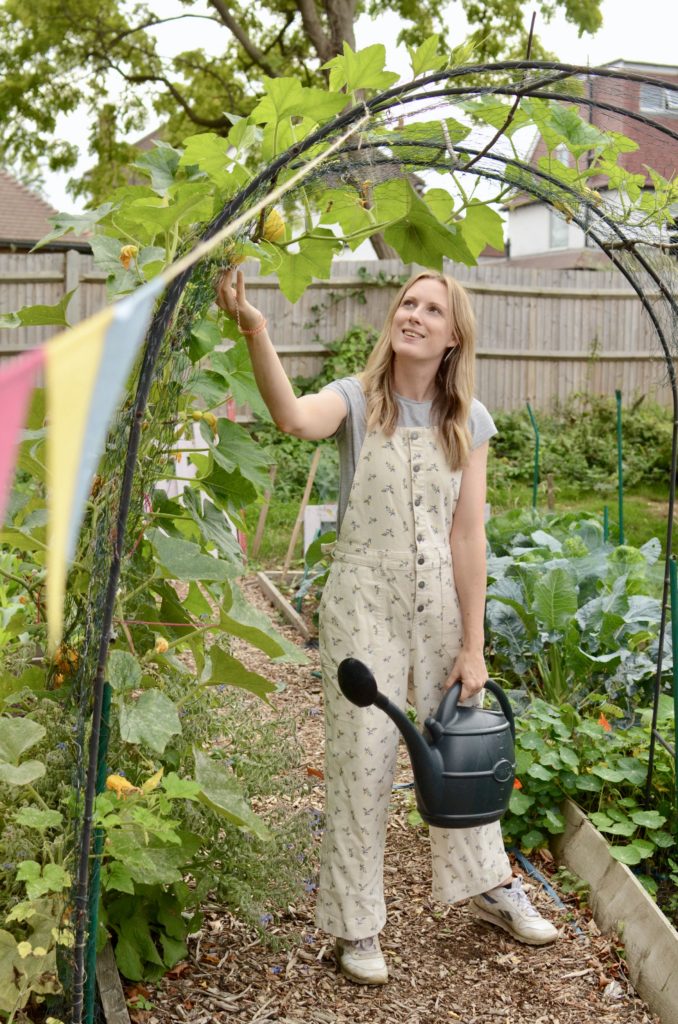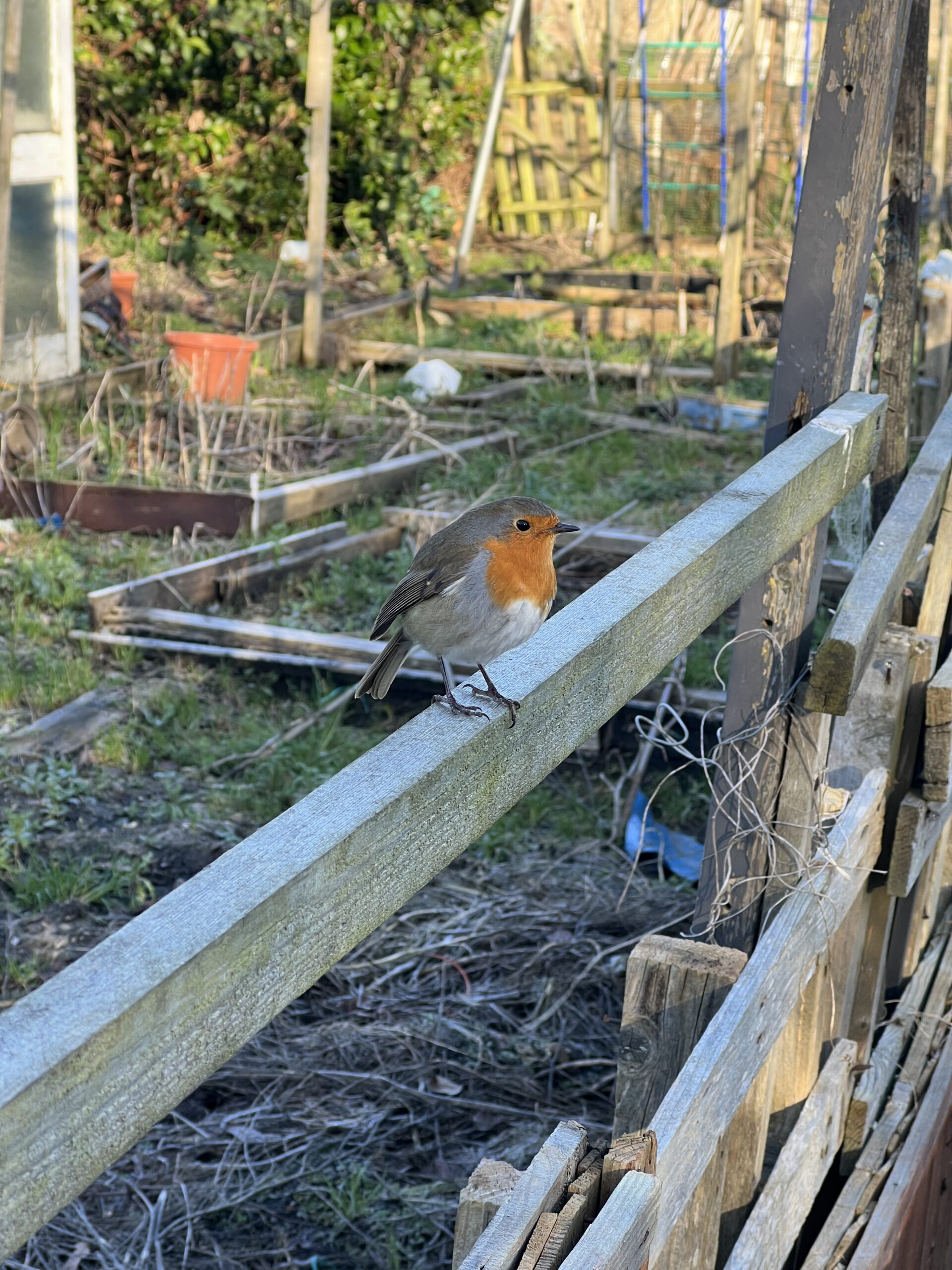
In my eyes, as a mere mortal in the world of horticulture, there are two types of trees that exist in this world. Wild trees and city ones.
Cities are carefully constructed places, with human occupation at the very core of their design. Every square inch of a City is created to maximise the space, to provide as much room for people and their material goods as physically possible. Trees are a part of this carefully constructed plan and their positions are calculated and monitored so that they compliment the buildings and roads, not hinder them. They are often cruelly and swiftly torn from the stability of their homes if they are damaged in a storm or the council decide their roots are causing the pavement surrounding them to warp and bulge too much.
Unlike the naturally occurring wild trees that can be found in woodlands and forests, man planted city trees have always seemed a little lonely to me. Robotic even. Long rows of equally spaced Laburnums framing the side of a road, growing in unison and flowering yearly, like clockwork. Soldiers, standing to attention, there to serve a purpose for us humans. An architectural addition to a carefully planned pathway, or a new home for a nest of birds that were forced to sacrifice their own for the sake of a new human housing estate.
Trees are welcome, so long as they stay within their boundaries. Grow too high and they might fall and damage buildings or roads in a strong wind, or push against a powerline stretching across from house to house. Their roots may pull on the tarmac that surrounds them making walkways hazardous to us humans. Grow too wonky and they are in danger of being given the chop for fear of falling over or snapping in the wind. Straight up, not too bushy and not too tall seems to be the perfect checklist for a City tree.
You might be forgiven for sometimes forgetting the fact that there are any trees at all growing within cities. It can feel a little odd when you think about it, a strange juxtaposition of nature and man made construction, two opposing creatures sitting side by side. I think, in a way, trees in the city are often noticed more when they aren’t there at all. Have you ever found yourself walking down a street lined with a row of houses and just felt miserable, like it would be a slightly gloomy place to live? I’m willing to bet it was a tree-less street. City trees are often more of a presence than a visual feature, an aura of well being taking a street from a subconscious feeling of gloom to bloom
In wake of the growing Climate concern, tree planting has become more vital to our planet than ever before, and city planners and several charities are now actively seeking out more nooks within our urban jungle where more trees can be planted. It makes me smile to think of architects designing houses for humans and a tree outside it for the little family of Robins, even if it is simply a new part of a long list of regulations they are adhering too. This tree planting movement can only really be seen as a good thing and is especially valued when the trees planted are native to our climate.
Trees are the most sought after properties in the wildlife world with native trees being the preferred choice. The natural worlds answer to the perfect two up, two down family home. So many creatures rely on trees for a range of reasons. Birds perch on the top branches, eating berries and making nests, insects burrow into the bark to rest and reproduce, even dogs rely on them to mark their territory with a quick wee over the roots. Trees also reduce air pollution, conserve water under the ground and can even reduce noise pollution within our cities.
Tree-lined streets increase land value in Cities and this is largely to do with their incredible ability to dramatically reduce noise pollution. Anyone who has lived in a City will be familiar with the distant sound of traffic and sirens. When friends come to stay with me in my London townhouse, they are often shocked by the amount of background noise framing my otherwise peaceful back garden. I think when you live in a City, this noise pollution becomes something you learn to live with, a burden to carry for living so close to local amenities.
During the lockdown of 2020, the roads grew silent. The trains stopped running, there were no airplanes cutting into the sky and traffic pretty much came to a standstill. It was as beautiful as it was eerie, a strange time in the Cities history. When the noise stopped, it was like the entire World had stopped turning and everything was suddenly standing still. The wildlife cautiously ventured out from their hiding places probably wondering what had happened to all the humans! The City fell quiet and the people living within it finally realised why the background hum of our World is referred to as pollution.
Noise pollution is not only detrimental on us humans, creating a sad and consistently busy environment, but it can also be pretty devastating to wildlife and plants. Noise pollution can interfere directly and indirectly with plant life and in some cases, may be the reason for certain species complete extinction over the next century.
Trees have this incredible power within them to help us combat this very problem. Through a phenomenon called sound attenuation, they can dampen the noise pollution in our cities. How do they do this exactly?
Through reflection: When sound waves hit a tree’s trunk, it doesn’t vibrate because it’s so rigid. Therefore, the sound wave is simply reflected back in the direction it came from.
Through Refraction: Sound waves can be refracted. Anyone who has ever felt the sudden child-like urge to shout into a large cave or off a cliff will know this all too well! Trees offer a carpet-like coverage of the world, absorbing sound waves and making it less possible for them to be refracted.
The more trees we are able to bring into our Cities, the more noise pollution they can block. This is great news for us humans as well as for the trees!
But city trees seem lonely. Unlike their wild, woodland friends, the city tree stands alone surrounded by concrete and glass. Unable to drop their seeds and produce offspring whenever they choose, they are confined to a life of solitude. Destined to neatly line roadsides and architecturally frame glass skyscrapers. It begs the question, is a tree really a tree if it’s tamed and trimmed and tailored to fit our needs? If trees are never fully allowed to reach their potential, are they even free? Or are we essentially, holding them captive?
There should be no doubt in our minds that we need more trees in cities. Trees are wildlife hubs, attracting a multitude of animals and insects to our cities and giving them a place to live that wont result in human extermination. So what can we do, as individuals to help? Well, we can plant them.
About 24% of Greater London alone is taken up by private gardens. That’s about 3.8 million gardens; so imagine if just half of them had a new tree planted in them today, that would be an instant extra 1.9 million trees. No, it’s not exact maths, but it’s an exciting prospect and just thinking about the potential is enough to instil a good dollop of hope into even the most pessimistic of people.
Trees are the planets lungs so a city without them is surely more dead than it is alive. They provide the Earth with so many wonderful things, from oxygen to wildlife habitats, so it’s a case of the more the merrier for our cities.
Just don’t park your car under one.











